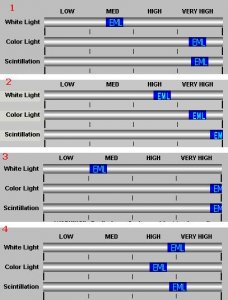As a newbie to diamond purchasing, I have been looking for a report that will give consistant and reliable results for the actual "performance" of the diamons.
I thought that the BrillianceScope report is such a tool, but I heard that the results can be easily "manipulated." Is this true?
I also have the same question about Isee2.
I thought that the BrillianceScope report is such a tool, but I heard that the results can be easily "manipulated." Is this true?
I also have the same question about Isee2.














300x240.png)